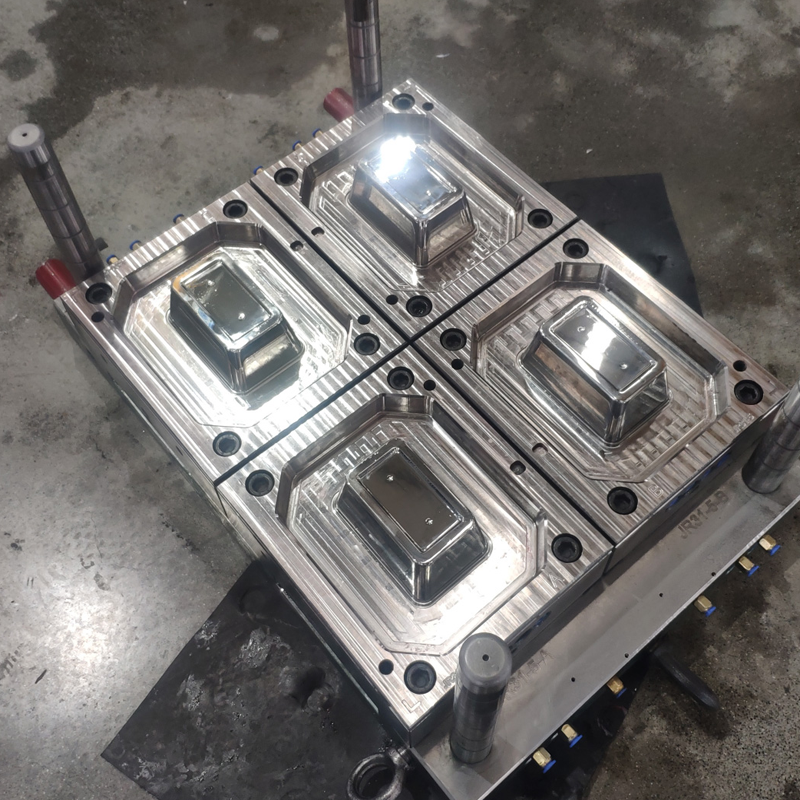Hello everyone, this is Sunny from Toolingsun! Today, we’re diving into an increasingly essential topic in the manufacturing world—Thin Wall Injection Molding. This innovative process has been gaining significant attention due to its ability to produce lightweight, cost-effective, and high-performance plastic parts. With industries constantly evolving and demanding more efficient solutions, the ability to create thin, durable parts is a game-changer. Let’s explore the fundamentals of thin wall injection molding, its benefits, design considerations, troubleshooting tips, and why it’s become a competitive edge in today’s manufacturing landscape.
What is Thin Wall Injection Molding?
Thin wall injection molding is a specialized process that allows manufacturers to produce plastic parts with significantly thinner walls than traditional injection molding. This technique is widely used to create lightweight components without sacrificing structural integrity, ensuring both strength and durability. The ability to reduce the wall thickness of a part leads to material savings, faster production cycles, and lower energy consumption, making it a cost-effective solution for mass production.
Unlike standard injection molding, which uses thicker walls to maintain the stability of molded parts, thin wall injection molding requires precise control of pressure, temperature, and molding speed. These factors are crucial to ensure that the molten material flows quickly and completely into thin mold cavities before cooling, preventing defects such as freeze-off and short shots. Additionally, the reduced wall thickness enables shorter cooling times, which speeds up the production cycle, resulting in faster delivery times and reduced energy consumption.
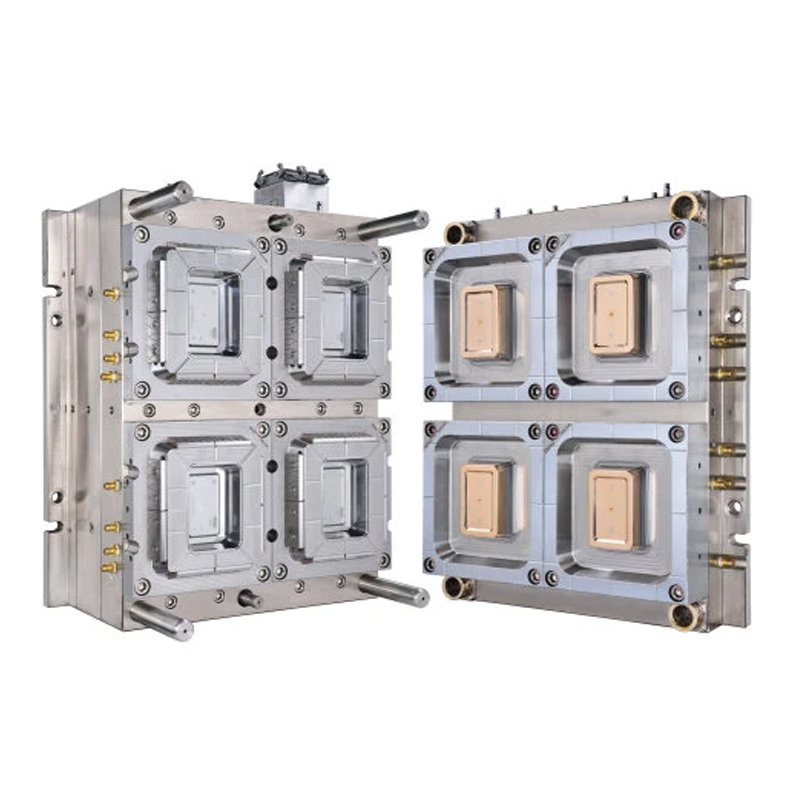
However, achieving successful results with thin wall injection molding does come with challenges. Due to the nature of the process, it requires higher injection pressures and optimized mold designs to ensure that thin cavities are filled correctly and efficiently. This often involves a more complex gate design, precise mold venting, and the use of advanced materials with excellent flow characteristics. At Toolingsun, we specialize in navigating these complexities, offering solutions that meet our clients’ specific needs while maintaining the highest standards of quality.
Common Applications of Thin Wall Injection Molding
Thin wall injection molding is increasingly being utilized in industries where lightweight, high-performance components are essential. Its versatility makes it ideal for a wide range of applications, particularly in packaging, medical devices, and electronics. Some of the most common uses include:
– Packaging: Thin wall injection molding is heavily used in the packaging industry for producing food-safe containers, bottles, and medical packaging. The ability to create thin, lightweight packaging helps reduce transportation costs and improve sustainability by minimizing material waste.
– Electronics and Mobile Devices: Components such as mobile phone casings, buttons, and electronic enclosures benefit from thin wall molding, as it allows for the creation of intricate, high-precision parts that are both lightweight and durable.
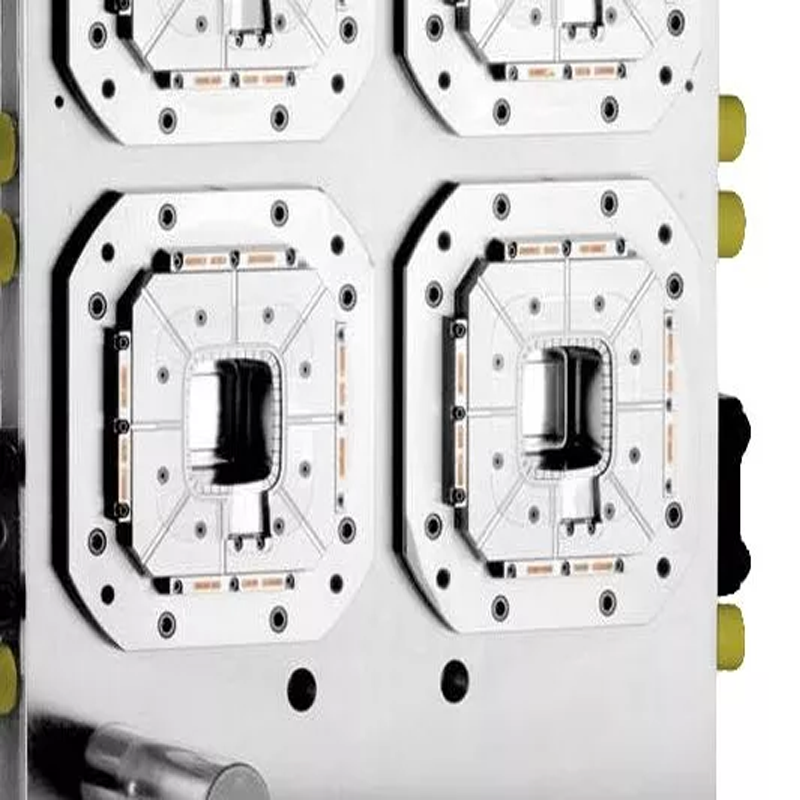
– Medical Devices: In the medical field, thin wall injection molding is used to create components like syringes, connectors, and other medical device parts that require both high precision and biocompatibility. The fast cycle times and reduced material waste are particularly advantageous for meeting the high demand for medical supplies.
– Automotive and Aerospace: Thin wall injection molding is used for producing parts such as dashboard components, connectors, and housings, where weight reduction is critical for improving fuel efficiency and performance.
At Toolingsun, we pride ourselves on our ability to deliver customized solutions for these diverse industries, ensuring that each part meets the specific requirements of our clients, from functionality to regulatory compliance.
Advantages of Thin Wall Injection Molding
The benefits of thin wall injection molding extend beyond just cost savings. Here are some of the key advantages that have made it a preferred manufacturing process for many industries:
- Weight Reduction: Thin wall parts are significantly lighter than their traditional counterparts, which leads to improved fuel efficiency, especially in industries like automotive and aerospace where every ounce counts.
- Cost Efficiency: The reduced material usage and faster cycle times lower the overall cost of production. The ability to produce large quantities of parts in a shorter time frame leads to substantial cost savings, especially for high-volume applications.
- Increased Production Speed: Thin wall injection molding enables faster cycle times, which means higher throughput and faster delivery of products. This is crucial in industries with tight production schedules.
- Design Flexibility: Thin wall injection molding allows manufacturers to produce complex and intricate part geometries without compromising performance. This design flexibility enables companies to innovate and create aesthetically pleasing products with functional features.
- Reduced Environmental Impact: The reduction in material usage, coupled with the faster cycle times, makes thin wall injection molding a more sustainable option. This helps companies meet their environmental goals and reduce their carbon footprint.
- Space Savings: The reduced weight and volume of thin wall parts allow for more efficient storage and transportation. This is particularly beneficial for industries where logistics play a key role in cost management.
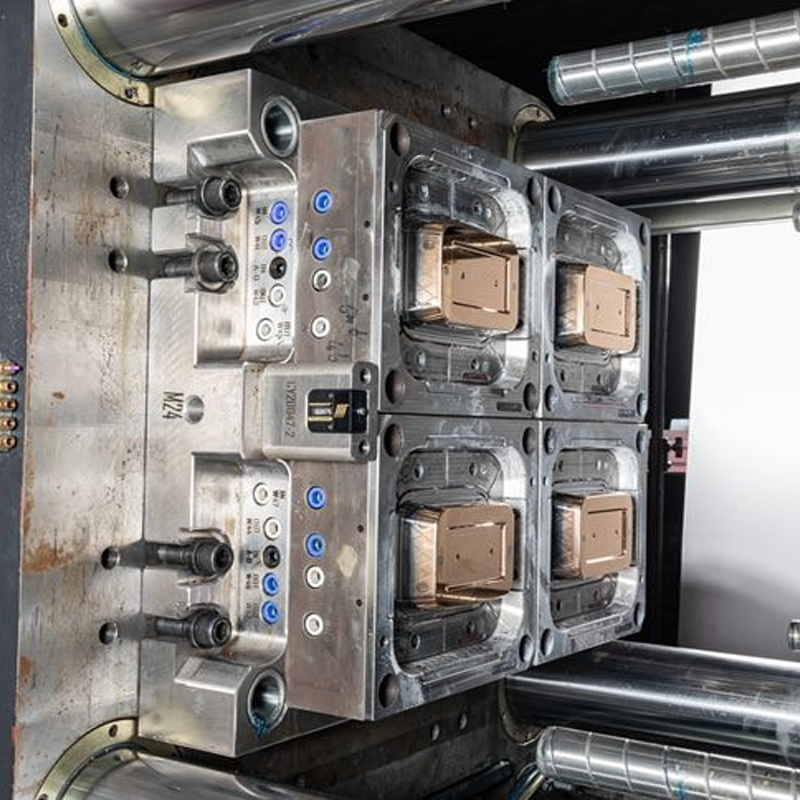
Key Considerations in Thin Wall Injection Molding Design
Designing for thin wall injection molding requires careful planning and attention to detail. Several key factors must be considered to ensure optimal results:
– Wall Thickness: Maintaining uniform wall thickness is crucial. Sudden changes in wall thickness can lead to flow imbalances and cooling issues, resulting in defects like sink marks and warping.
– Material Selection: Choosing the right material is essential to achieving smooth flow and uniform part quality. Materials with excellent flow properties are ideal for thin wall injection molding, ensuring the molten material can fill the thin cavities without freezing prematurely.
– Gate Design: The gate size and location are crucial in ensuring proper filling of the mold. Optimizing gate design for thin wall molding minimizes the risk of incomplete filling and improves part quality.
– Cooling System: A well-designed cooling system helps achieve uniform cooling, reducing cycle times and preventing defects such as warping and shrinkage. At Toolingsun, we leverage advanced mold flow analysis to optimize cooling systems for maximum efficiency.
– Ejection and Draft Angles: Proper ejection mechanisms and draft angles ensure that parts are easily removed from the mold without damage. This is especially important in thin wall molding, where parts are more delicate.
Troubleshooting Thin Wall Injection Molding
While thin wall injection molding offers numerous advantages, it can also present challenges during production. Here are some common issues and how to address them:
– Short Shots: If the mold cavity is not completely filled, check for proper gate sizing, adequate injection pressure, and sufficient molding speed to ensure the material reaches all areas of the cavity.
– Warping: Warping can occur due to uneven cooling. Ensure the cooling system is optimized to maintain consistent mold temperature throughout the process.
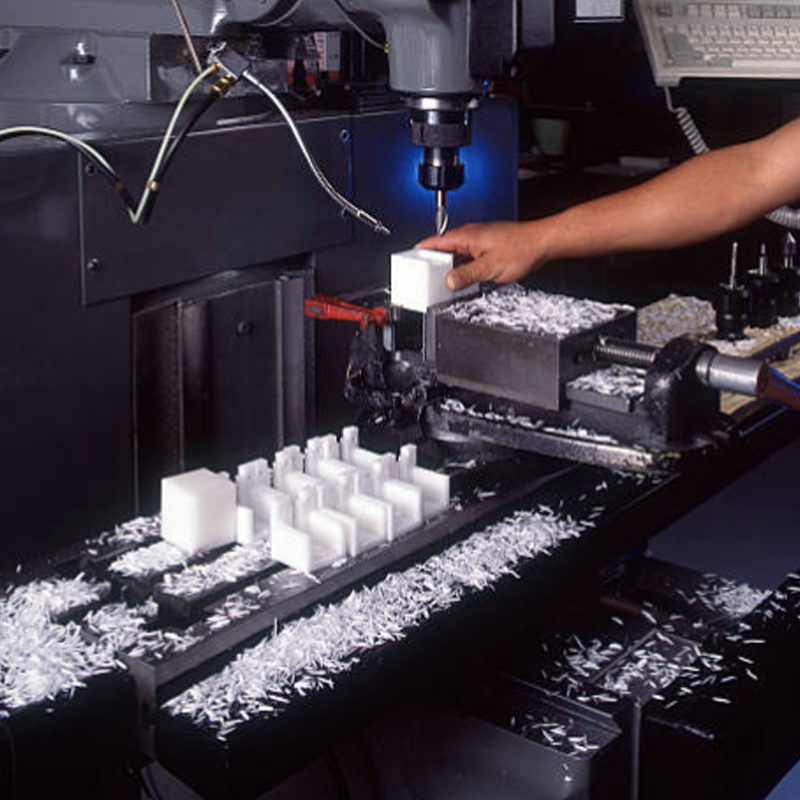
– Flash: Flashing occurs when excess material escapes from the mold due to improper mold alignment or insufficient clamping force. Regularly check for mold misalignment and adjust clamping pressure as needed.
– Sink Marks: To avoid sink marks, ensure uniform wall thickness and incorporate ribs or gussets to improve the part’s strength and rigidity without increasing wall thickness.
At Toolingsun, we’ve developed extensive expertise in addressing these challenges, ensuring that our clients receive the highest-quality thin wall injection molded parts.
Conclusion
Thin wall injection molding has transformed the manufacturing process by providing lightweight, cost-effective, and high-performance solutions. As industries continue to evolve and demand more efficient and sustainable production methods, thin wall molding will remain a crucial technology. At Toolingsun, we are committed to helping our clients leverage the full potential of this process. With our expertise in mold design, material selection, and troubleshooting, we ensure that your thin wall injection molding projects are successful, efficient, and cost-effective.
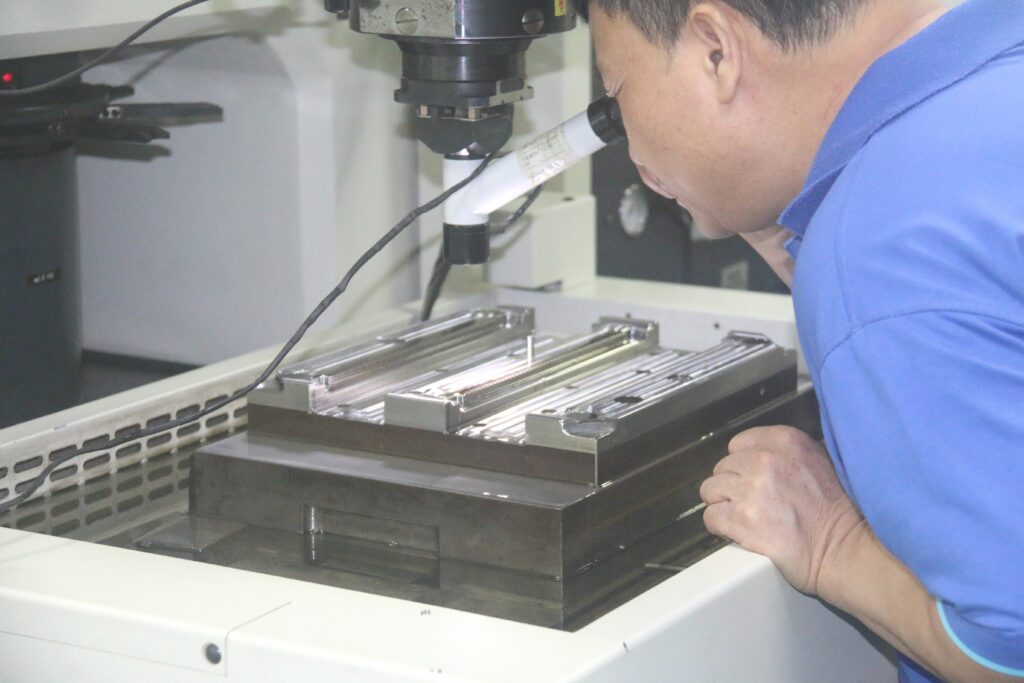
Have any questions or ready to start your next project? Contact us today, and let’s explore how we can assist you in achieving your manufacturing goals with thin wall injection molding.

